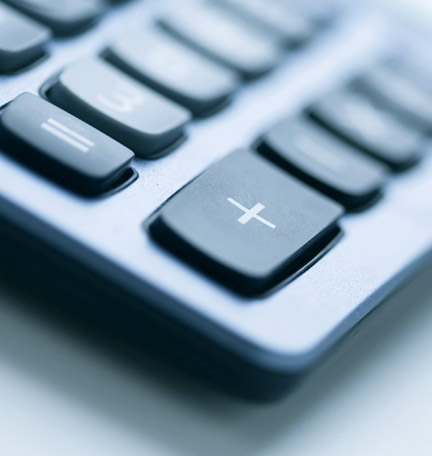Preparing to file your federal tax return
Before you sit down to do your taxes, take a minute to figure out if you have all the personal records and documents you need to prepare your tax return.
This tax preparation checklist can help you prepare to file your taxes.
Personal records for your federal tax return
To prepare your federal income tax return for filing, it is important to gather personal records and receipts, including:
- Contributions to a retirement plan. (If you have contributed through your employer, this will be on your Form W-2.)
- Charitable contributions. The organizations to which you contributed will provide you with an acknowledgement of the contributions.
- Medical and dental expenses. You can find this information in your explanation of benefits, and many providers, including your pharmacy, may be able to provide you with a full accounting of your expenses.
- Child care costs
- Disaster losses. But only if you are in an area with a federally declared disaster. You can find out more information on the IRS website.
- Education expenses:
- Tuition, books, supplies, and fees. You must provide a Form 1098-T. If you do not have this, often the bursar’s office at your college can help you get a copy online.
- Student loan payment records. You will receive Form 1098-E to report your student loan payments.
- Self-employment expenses:
- If you are self-employed, collect receipts from work travel, client entertainment, or other work-related expenses.
- Cellphone or internet bills (if you use these services for trade or business).
- Details around any home office use (though the IRS has strict rules about this).
- Qualified tax payments, such as real estate or personal property tax.
- Mortgage and home equity loan records:
- Records related to mortgage payments and records demonstrating that a home equity loan was used for home improvements.
- Interest payments will be reported to you on Form 1098.
- Your tax return from the previous year.
These items will help you calculate your income, deductions, and credits. If you do not already have a filing system in place to keep such receipts, consider creating one for next year to help make tax time simpler.
Tax forms
By early February, your employer(s), most financial institutions, and any other issuers must send documents with tax information about your income or expenses. If a document you’re owed doesn’t arrive by then, contact the responsible entity.
You may receive:
- Form W-2: Your employer is required to issue a W-2 to you, which states your wages and other compensation from the year and taxes withheld from your paycheck. Your employer must also file this form with the IRS.
- Form 1099-INT: This reports payments of interest income, usually paid by a bank or other financial institution.
- Form 1099-B: This reports sales of stock through a broker.
- Form 1099-R: This details distributions from sources including but not limited to pensions, IRAs, or annuities, and will probably come from a broker, pension plan manager, or mutual fund company.
- Form SSA-1099: Any Social Security benefits received will be recorded in this form from the Social Security Administration.
- Form 1098: If you pay mortgage interest above a certain amount, the lender sends a Form 1098 detailing those payments.
- Form 1098-T: You may receive this Tuition Statement from an educational institution or insurer if you have engaged in qualified transactions with a school and/or have received reimbursements or refunds for certain tuition and related expenses from an insurer.
- Form 1098-E: You may receive this Student Loan Interest Statement if you paid $600 or more in 2016 to a lender.
- Form W-2G: This form must be filed by certain entities engaging in gaming activities. It reports qualified gambling winnings and any federal income tax withheld on those winnings. If an entity must file this form for winnings and withholdings related to gaming activities in which you were the winner, it must also provide a statement to you for tax purposes.
- Form 1099-MISC: You might receive this form for miscellaneous income received during the year, including self-employment income.
- Consolidated Form 1099: This is a form that consolidates several of the different types of Form 1099, including the 1099-INT, 1099-DIV, 1099-OID, and 1099-B. If you have several accounts with the same financial institution, you will likely receive a consolidated form instead of individual forms.
These are not all-encompassing lists, so visit IRS.gov — or work with a qualified tax advisor — to determine what records and forms you’ll need when preparing to file your taxes. You can also visit the Regions Tax Center for more information.
Tax time can go smoothly, as long as you prepare yourself with the right tools and information.





